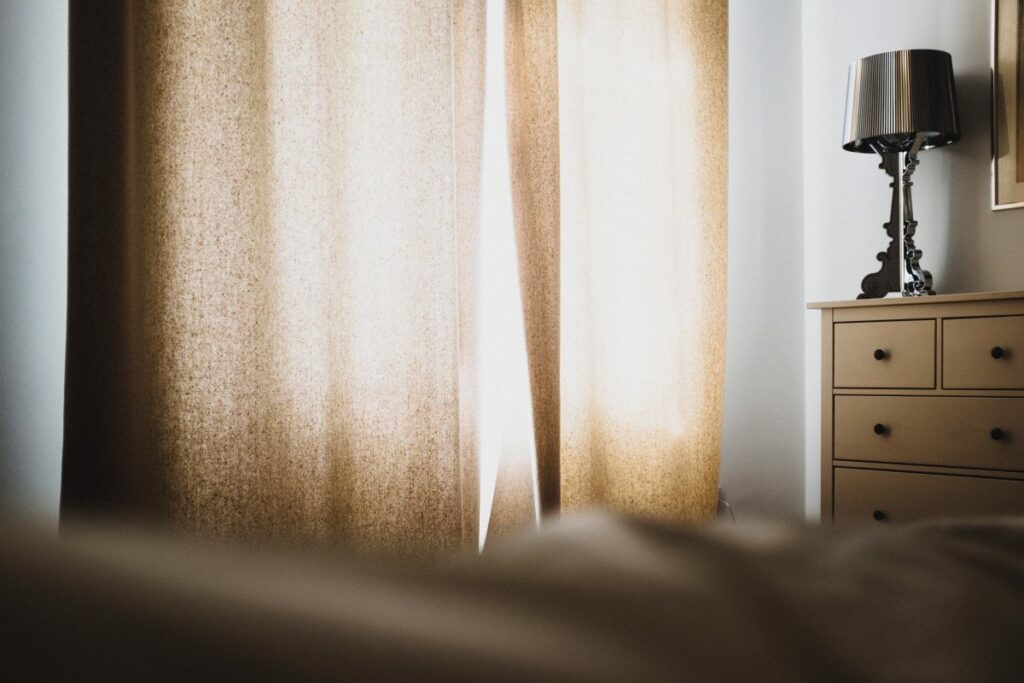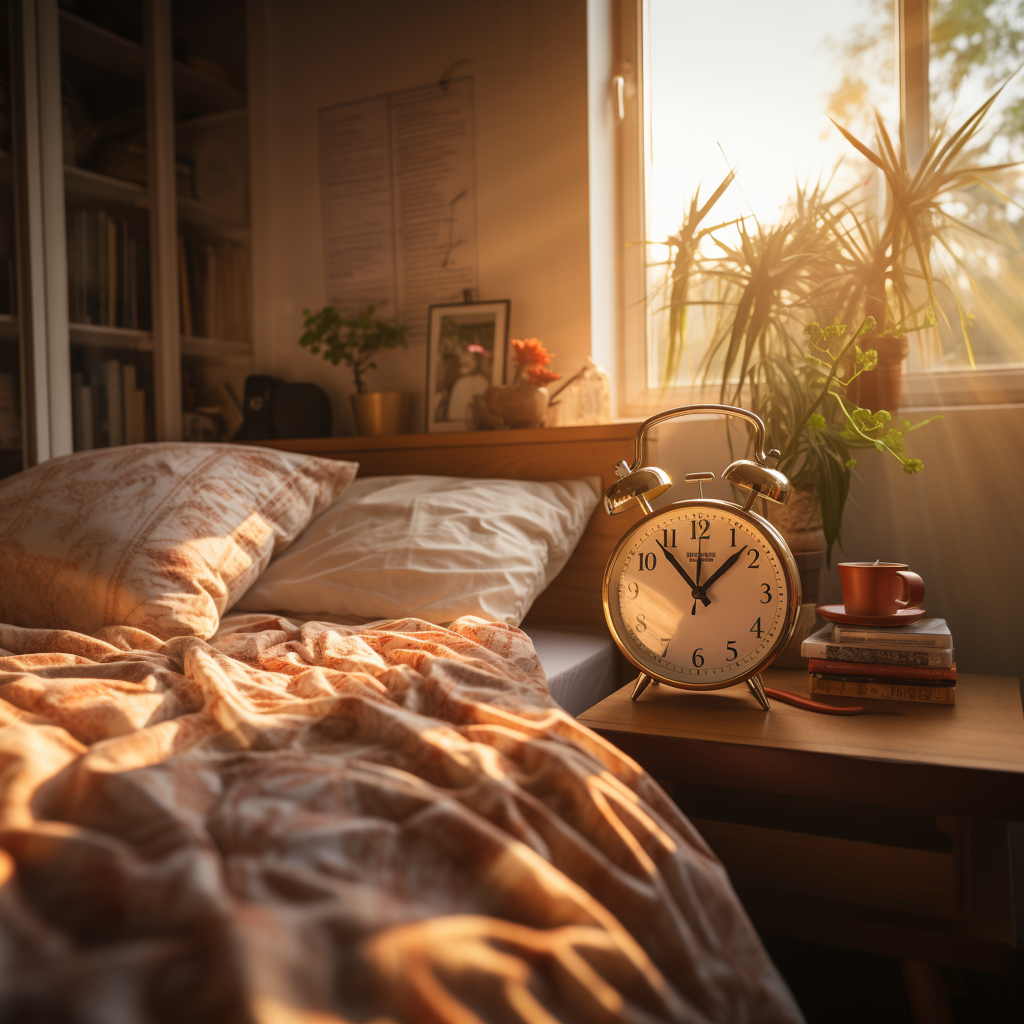The Science Behind a Brighter Morning
Wake-up lights, often referred to as dawn simulators, have been gaining traction as a healthier and more natural way to start the day. But are they just a trendy gadget, or is there real science behind the benefits they claim to offer? Let's dive into the research and see how the iOS app Wake Up Light can transform your mornings using HomeKit-enabled smart lights.

The Science of Wake-Up Lights
Our body's internal clock, or circadian rhythm, is influenced by external cues, the most powerful of which is light. Natural sunlight signals our brain to produce cortisol, a hormone that helps us wake up and stay alert. Conversely, as darkness falls, our brain releases melatonin, preparing us for sleep.
Wake-up lights mimic the natural progression of a sunrise, gradually increasing in brightness and simulating the morning light. This process helps gently rouse the sleeper from their slumber, leading to a more refreshed and energized start to the day.
Do Wake-Up Lights Really Work?
Multiple studies have delved into the efficacy of wake-up lights:
- The study Effects of artificial dawn on subjective ratings of sleep inertia and dim light melatonin onset found that wake-up lights can indeed help in reducing sleep inertia already after two weeks of using them.
- The department of chronobiology in the netherlands found in another research that “subjective sleepiness was significantly decreased and subjective activation increased after waking up in the artificial dawn condition”. The subjects rated their sleepiness and found it significantly reduced when using a wake-up light.
- In 2013 a study found that peoples mood and well-being were significantly enhanced after exposure to an artificial dawn light. A more positive mood helps you get through your day with more energy and motivation.
- These findings are in line with earlier studies. A study from 1999 analyzed bright light exposure by wearing sleep masks with bright LEDs (500 lux). That study showed, that “bright light exposure […] [is] an effective treatment for circadian rhythm sleep disorders.”
- Another analysis yielded a main effect of “light condition” for motor tracking tasks, sustained attention to response task and a working memory task, as well as for the Simple Reaction Time Task. The participants showed better task performance throughout the day after exposure to an artificial dawn light. Furthermore, low performers benefited more from the light effects compared to high performers.
Why Choose 'Wake Up Light' App?
The Wake Up Light app for iOS stands out because it doesn't require users to invest in specialized wake-up light gadgets. Instead, it seamlessly integrates with HomeKit-enabled smart lights, transforming them into wake-up lights. This not only saves money but also promotes a sustainable approach by utilizing existing home devices.
Wake-Up Lights vs. Traditional Alarms
While traditional alarms jolt you awake with sudden noise, wake-up lights offer a gentler approach. The gradual increase in light prepares your body to wake up, reducing the shock to your system. This can lead to better mood, improved alertness, and a more positive start to the day.
Moreover, for individuals sensitive to sound or those with hearing impairments, wake-up lights can be a game-changer, offering a sensory-friendly alternative to loud alarms.

A Brighter Tomorrow with Wake Up Light
Incorporating wake-up lights into your morning routine can pave the way for healthier sleep patterns and more energized mornings. With the Wake Up Light app, you can harness the power of light to wake up naturally, without the need for additional gadgets. It's time to embrace a brighter, better tomorrow.

Note: Always consult with a healthcare professional before making significant changes to your sleep routine.